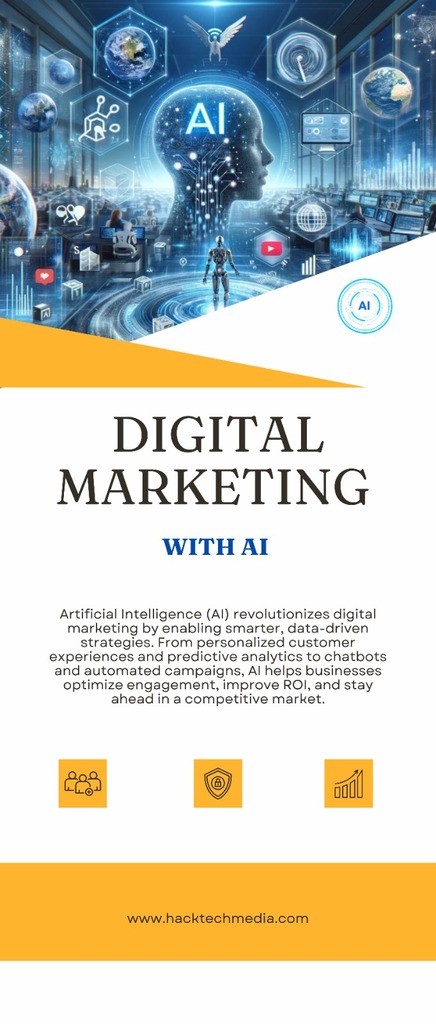
In today’s digital age, where our lives are intertwined with technology, cybersecurity has never been more crucial. Imagine a world where your personal data is as safe as a treasure locked away in a vault. That’s where blockchain technology comes into play. This innovative technology isn’t just for cryptocurrencies anymore; it’s reshaping how we think about cybersecurity and data protection. But how exactly does it do this? Let’s dive in!
What is Blockchain Technology?
At its core, blockchain technology is a decentralized digital ledger that records transactions across many computers. This means that no single entity has control over the entire chain, making it difficult for hackers to tamper with the data. Think of it like a public library: anyone can read the books (data), but no one can erase them without everyone knowing.
The Importance of Cybersecurity Today
As our dependence on digital systems grows, so does the risk of cyber threats. Data breaches, identity theft, and ransomware attacks can disrupt lives and businesses. With these risks on the rise, effective cybersecurity measures are essential to protect sensitive information and maintain trust.
How Blockchain Works
Blockchain operates through a network of computers (nodes) that validate and record transactions. Each transaction is grouped into a block, and once the block is filled, it’s added to the chain in a linear, chronological order. This process is secured through cryptography, ensuring that data is protected from unauthorized access.
Decentralized Security: A New Approach
Decentralized security means that control is distributed across a network rather than centralized in one place. This model reduces the risk of a single point of failure, making it harder for hackers to infiltrate systems. In a world where many organizations store their data in one location, blockchain provides a robust alternative.
Enhancing Digital Identity
Your digital identity is a representation of who you are online, including your personal information and credentials. With blockchain, individuals can have greater control over their digital identities. Instead of relying on centralized databases, you can manage your identity in a secure, decentralized way. This not only enhances security but also empowers individuals.
Threat Mitigation through Blockchain
By using blockchain, organizations can improve threat mitigation strategies. For example, the transparent nature of blockchain allows for better tracking of data access and transactions, making it easier to identify and respond to potential threats quickly. It’s like having a security camera that logs every entry and exit in real-time.
Blockchain Applications in Cybersecurity
The applications of blockchain in cybersecurity are vast. From securing sensitive data to ensuring the integrity of software updates, the technology can bolster defenses across various sectors. For instance, industries like finance and healthcare are beginning to adopt blockchain to protect against fraud and data breaches.
Secure Transactions with Blockchain
One of the primary benefits of blockchain technology is its ability to facilitate secure transactions. Transactions recorded on a blockchain are immutable, meaning they cannot be altered or deleted. This ensures that the integrity of transactions is maintained, which is vital for trust in digital commerce.
Cyber Threat Prevention
Blockchain plays a pivotal role in cyber threat prevention. By decentralizing data storage and enhancing encryption, it creates multiple layers of security. This makes it significantly harder for cybercriminals to access sensitive information, as they would need to breach multiple nodes rather than a single point of entry.
The Future of Cybersecurity
The future of cybersecurity is closely tied to advancements in blockchain technology. As threats evolve, so must our defenses. Blockchain offers a promising pathway to a more secure digital landscape, where data breaches could become a thing of the past.
Real-World Examples of Blockchain in Action
Many companies are already leveraging blockchain to enhance cybersecurity. For instance, IBM and Maersk use blockchain to track shipping containers, reducing fraud and increasing efficiency. Similarly, startups are developing solutions for secure identity verification using blockchain, allowing users to maintain control over their data.
Challenges and Limitations
While blockchain presents exciting possibilities, it’s not without challenges. Issues such as scalability, energy consumption, and regulatory concerns can hinder widespread adoption. Addressing these challenges is crucial for realizing the full potential of blockchain in cybersecurity.
Blockchain technology is paving the way for a new era in cybersecurity. By offering decentralized security, enhanced data protection, and improved digital identity management, it stands to transform how we approach cyber threats. As we continue to navigate the digital landscape, embracing blockchain could be our best defense against emerging cyber risks.
FAQs
1. What is blockchain technology?
Blockchain technology is a decentralized digital ledger that records transactions securely across multiple computers, making data tampering difficult.
2. How does blockchain enhance cybersecurity?
It enhances cybersecurity by decentralizing data storage, improving encryption, and ensuring transaction integrity, which makes it harder for cybercriminals to succeed.
3. Can blockchain protect my digital identity?
Yes, blockchain allows individuals to manage their digital identities securely, giving them greater control and reducing the risk of identity theft.
4. What industries are using blockchain for cybersecurity?
Industries like finance, healthcare, and shipping are increasingly adopting blockchain to secure sensitive data and prevent fraud.
5. What are the challenges of using blockchain in cybersecurity?
Challenges include scalability, energy consumption, and regulatory hurdles that must be addressed for widespread adoption.



